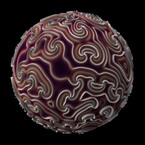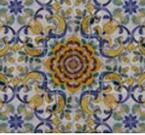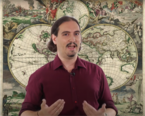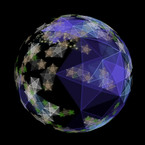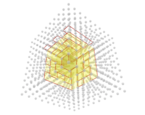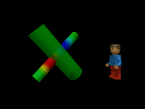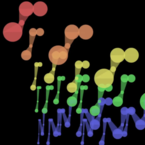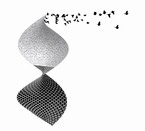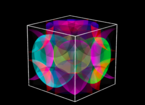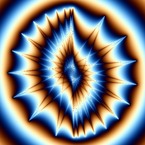Probing the invisible, from the earthquake to the model
film
Licence
Credits
- Scientific Author
- Film Director
One of the main goals of wave propagation numerical modeling is to describe some earthquake phenomena as close as possible. The role of numerical wave propagation simulations is not to predict when and where there will be an earthquake, but to determine the strength and the trajectory of the seismic waves, depending on where the earthquake occur. It is important to know the less exposed areas, in order to plan the locations of new buildings. Similarly, it is crucial for the authorities to know where to house the victims of an earthquake to protect them from aftershocks.
Numerical simulations are also used to attempt the reproduction of past earthquakes. By comparing the results obtained by the simulation with those recorded by seismographs, one can improve models of wave propagation, but one can also obtain information on the composition of the rocks illuminated by waves produced by an earthquake. Reproduction of these earthquakes can also help to a better understanding on how seismic fault lines break, which is a very important element for the determination of aftershocks. If dense enough receiver arrays are provided, better earth models can be obtained by using more sophisticated data inversion techniques. The quality of the priori information injected in the models is then a crucial point to have in mind. With the help of geologists and geophysicists, this difficulty can be constrained due to their data knowledge.
To perform these simulations, it is therefore necessary to gather the expertise of geophysicists, in order to obtain models of seismic wave propagation, of mathematicians, in order to propose numerical methods for solving the equations derived from the models, and High-Performance Computing specialists, in order to implement these methods on parallel computers.
For more information, see http://interstices.info/modele-seisme.
Access to the French version of the video.



